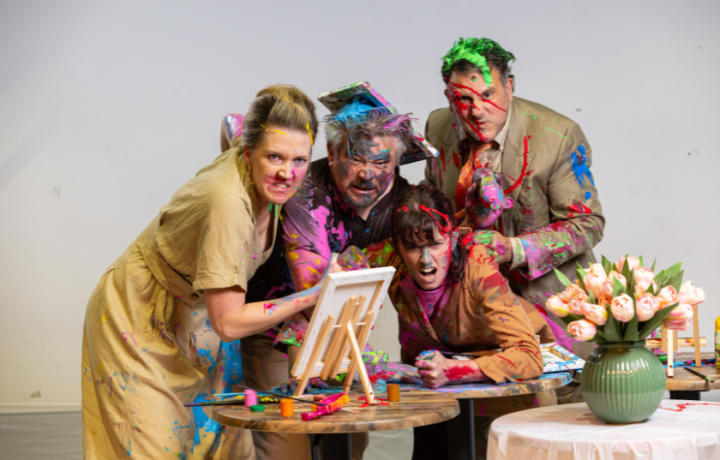Grim news for women in media as career dissatisfaction peaks

Posted on
For the fourth year running, an industry-wide survey of women working across Australia’s media landscape shows growing career dissatisfaction and points to an urgent need for better leadership to close the pay gap and support more women into senior roles and management.
The record level of career dissatisfaction, of 59 per cent, is contained in the latest Women in Media Industry Insight Report 2025 which also cites poor pay, lack of progression, and limited support for development as top concerns.
Report author and Women in Media strategic advisor Petra Buchanan says if the situation is to improve it requires stronger leadership.
“If we want to move the needle on gender equity, we must recognise a simple truth: progress depends on both leadership and legislation. One sets the tone, the other sets the standard. It is when the two work together that real change becomes possible.”
She notes Australia’s reforms on pay transparency, affirmative action, and workplace safety, are already reshaping expectations. For the first time, many organisations are reckoning with hard data on pay gaps, workforce composition, and their legal obligations to prevent harassment. These legislative levers are powerful. They have sparked overdue conversations, created clear baselines, and motivated action.
But legislation cannot do the work alone and media leaders need to do a better job of deciding how laws are implemented, how culture is shaped, and how equity becomes embedded in the day-to-day experience of work.
Petra says the report underscores the progress and urgency required across the industry and capturede the employment experiences of women working across Australia’s media sector, one of the most visible and influential industries in the country.
The four-year peak of career dissatisfaction is alarming.
“Even more concerning, 74 percent of respondents say they have seen no meaningful progress on pay equality in their workplace, despite the transparency delivered through WGEA’s mandatory reporting. This gap between visibility and action risks eroding trust, which is critical to retention, morale, and workplace culture.”
While women make up 41 percent of the media workforce, only 23 percent hold CEO or managing director roles. This is not a matter of ambition or capability. It is a matter of access, opportunity, and trust, Petra says.
“Trust, in particular, emerges as a central theme. The report shows that women want to believe in their organisations. They want to see that equity is more than a goal. It must be a plan with clear steps and accountable leadership. Legislative reform has laid the groundwork. Now it must be matched by leadership that drives cultural safety, pay equity, and representation.”
The industry requires better leadership as it shapes of our national conversation, and media organisations influence not just who gets a voice, but who is seen as a leader, an expert, or authority. When women are underrepresented in decision-making roles or absent from key coverage, it shapes public perception in subtle but significant ways.
“The path forward is clear. Legislation has opened the door. It is up to leaders to walk through it with purpose. Women in the media industry have said what they need: transparency, opportunity, and accountability. Meeting that moment is not only good for gender equity. It is good for business, good for audiences, and good for Australia.”
Women in Media is a national DGR registered charity representing women working in all facets of the media including journalism, communications, production, public relations, advertising, marketing, publishing and digital.
Read the full report here.
Main image by Karolina Grabowska of Pexels

